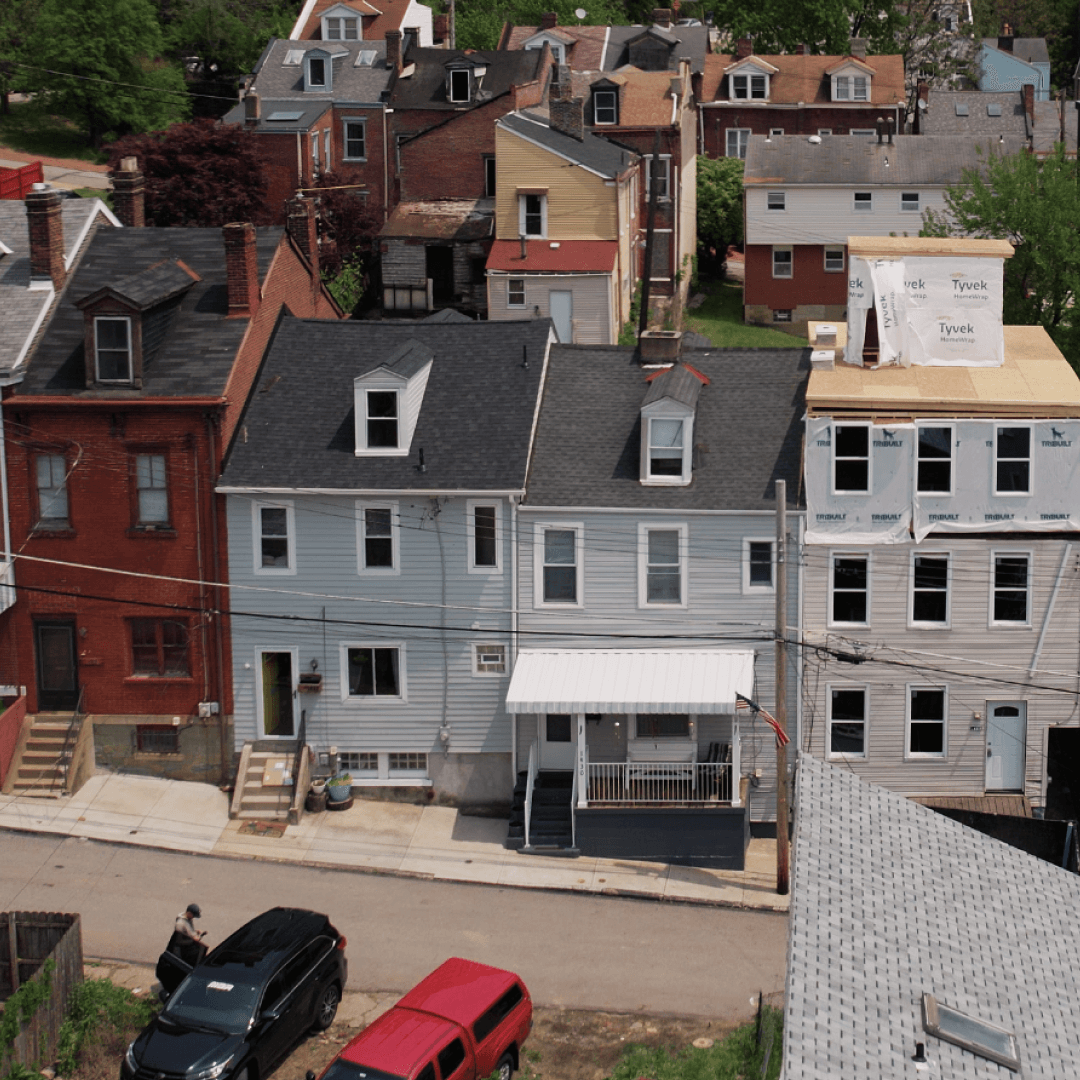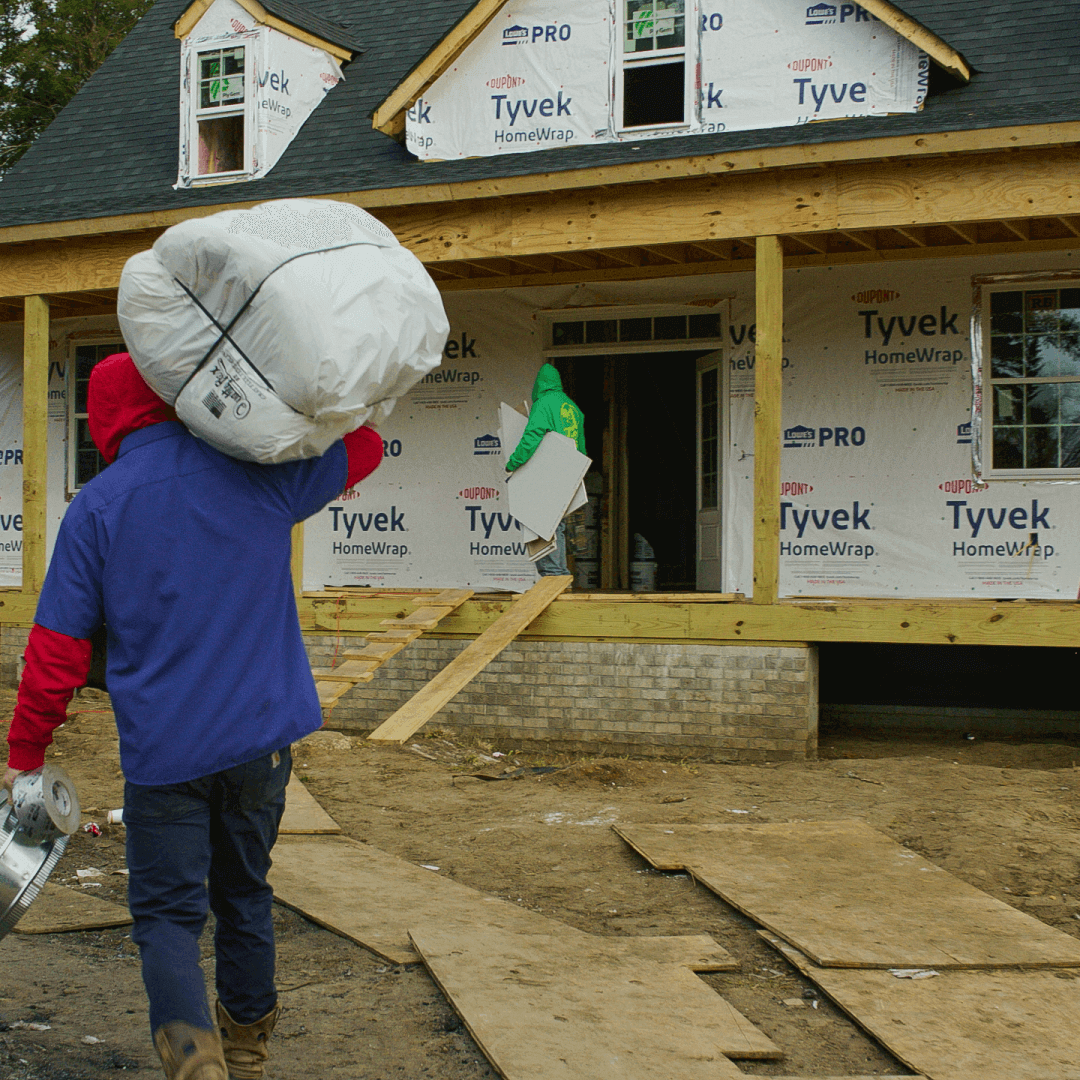One of our core values here at Fund That Flip is Transparency. In these unusual times, we believe it is more important than ever to lead with an open and honest dialogue regarding what is going on in our market and how it is impacting our company.
There is no sugarcoating it: the uncertainties the virus has created are having profound impacts on our borrowers, lenders, and our overall business. In many ways, it’s difficult to reconcile the before and after of COVID-19. The first quarter of 2020 was the best in our company’s history from an origination and revenue perspective. By the midpoint of March, we had already exceeded our Q1 budget, and our Q2 pipeline was promising to produce an even better quarter. And then COVID-19 happened. Before we even finished out March, we were forced to reduce payroll by 25%, which meant letting go valued members of our team. The fact that I’m even writing “best quarter in company history” and “letting go valued members of our team” in the same sentence shows just how quickly this virus is affecting both businesses and markets.
I want to be clear that, as of this moment, the Company is on solid financial footing. We completed a capital raise in August 2019 that will help us weather this storm, and we have always managed the business with high levels of financial discipline. Our goal is not just to get through this volatile time but to be able to thrive on the other side. It's hard to see right now, but we believe there will be new opportunities for those who are well situated.
With that in mind, I’d like to share my thoughts on what we believe is going on, how we’re adjusting, and what we expect going forward.
Evolution of the Hard Money / Private Money Market
Over the past seven years I’ve experienced firsthand, and in some small way participated in, the evolution of the hard money/private money market. When I started Fund That Flip in 2014, going rates for fix-and-flip loans were 4 points and 14% interest. Leading up to this moment, we’ve seen institutional capital purchase loans in the 5-6% range. This is an incredible amount of rate compression in a short amount of time.
I don’t profess to be an economist, and there are a number of forces that have led us to this point. But as I see it, the supply of capital available to fund short-term real estate loans has increased significantly over the past five years. Factors at play included a low interest rate environment causing investors to hunt for yield, an equity market considered “expensive” by many investors, and perhaps most of all, the amount of leverage made available to originators and whole-loan buyers.
Historically, these hard money loans had been funded with equity, meaning people and firms were investing their own capital. As the market matured, debt started becoming available to supplement the equity. While it may sound precarious, if done responsibly, it can be a very healthy way to form capital.
The combination of more equity coming into the market with the fact that some of this equity was getting leveraged multiple times created an excess supply of capital for the bridge loan business. All of this put downward pressure on pricing and upward pressure on leverage ratios of the underlying loans. If you were a borrower within the last 3-5 years, you’ve likely benefited from these lower rates and higher leverage.
Risk and Return is All Relative
So why did all of this capital suddenly flee the space? Before the outbreak of COVID-19, investors were happy to earn an un-leveraged return of 7-9% on fix-and-flip loans. They were also willing to earn this return on loans with Loan-to-Value ratios on an After-Renovated basis (LTARV) of up to 70-75% and Loan-to-Cost ratios (LTC) of up to 85-90%. The market showed that, relative to other investments (such as equities, bonds, other alts, etc.), fix-and-flip loans offered a strong risk-adjusted return at these rates and leverage points.
Then COVID-19 happened, and a lot changed. The stock market lost more than 30% in value. The corporate bond market saw spreads widening to unprecedented levels. And investors started asking themselves if a 7-9% return was still good relative to other places they could deploy their capital.
Across many different asset classes, investors began preferring “cash” to anything else. It is highly unusual to see equities, bonds, and gold all retreating simultaneously, and that is exactly what happened at the outbreak of COVID-19. This indicates many were taking a “wait and see” approach due to the amount of uncertainty the virus has created.
As things begin to stabilize over the coming weeks and months, it’s still unclear where all this cash will be deployed. Regardless of where it goes, we believe that it will demand a higher return and be less willing to take on risk. This means higher rates and lower leverage points for borrowers. It also means some of the cash that had been allocated for this asset class may be directed to other places, such as public equities, distressed debt strategies, bonds, etc. Overall, there is likely to be less supply of capital in the space.
Why are Most Lenders Putting Everything On Hold Right Now?
Many fix-and-flip lenders have had to take a pause on funding new loans and are working with their borrowers to restructure loans that were in the pipeline. As far as I can tell, there are four main factors causing this.
The first is what we’re calling the “tweeners.” These are the loans originated before the market shifted. Pricing and leverage on these loans are now out of sync with what the market will bear. Originators are likely going to be forced to sell these loans at a loss in order to create liquidity. In other words, the “plumbing” is a bit clogged up right now, and originators are trying to unclog it with the least amount of damage.
Secondly, no one is totally sure what the “new normal” will look like, and no one knows yet what leverage or pricing the market will bear. Originators are being careful on pricing and structure to ensure anything they originate will have a buyer as the new normal evolves. This will likely take a few more weeks and perhaps months to sort itself out as liquidity across the commercial real estate mortgage market stabilizes and reprices.
Third, there are a lot of uncertainties around what long- and short-term implications the virus will have on the economy, unemployment, housing, and more. This makes it difficult to underwrite ARVs when the future is likely to look a lot different than the past. This likely means originators are going to take a much more conservative approach on LTVs and LTCs until there is more certainty on future asset values. Borrowers will likely need to come up with more cash for down payments and carrying costs. Many borrowers don’t have this extra cash just lying around, meaning they either need to sell assets in their pipeline or raise more cash. Both of these things generally take some time before more deals can close.
And finally, with stay-at-home orders and quarantines across many jurisdictions, it’s unclear if originators will be able to properly perfect first position mortgages and secure a complete underwriting file. Appraisals are limited, running title abstracts becomes complicated, recording mortgages may take months, and so on. Even if the liquidity and pricing considerations work themselves out, the limitations caused by government shutdowns for the sake of public health may prevent companies from conducting business.
Difficult Decisions Had to be Made
The last week of March was one of the most difficult weeks in my adult life. I’m fortunate that my family and friends are all healthy. I sympathize deeply with all those that are dealing with this awful virus from a health perspective. My co-founder and dear friend was hospitalized and is thankfully now on his way to recovery. This thing is seriously scary.
The virus is also jeopardizing the well-being of many otherwise healthy companies. Just as we’re all hunkering down in our homes and stocking up on essential supplies, as a company, we must also stock up on the most essential supply for a company: cash.
Due to the reasons I’ve outlined above, there are a lot of uncertainties around when we will be able to resume normal business operations. We have several sources of revenue, one of the more significant being origination fees. As of right now, it is unclear when we will be able to again originate loans. Absent this certainty, we were forced to move quickly in order to preserve as much cash as possible.
Core to who we are at Fund That Flip is the idea of taking on big challenges, aggressively going after market share, and winning. We aim high and expect outsized results. Chasing big dreams requires capital to invest in technology, high-caliber talent, marketing and new product development, just to name a few. All of these things require capital investment. In order to preserve this very important part of who we are, and our culture of “going big,” we needed to ensure that we not only survive this storm but are also well positioned to thrive on the other side of it.
As I stated at the outset of this post, the company is still on strong financial footing. We are committed to not only getting through this storm but coming out the other end stronger than ever. We are dedicated to being a long-term partner for our borrowers who are restoring communities and delivering amazing houses for families to call their home. We are committed to delivering our lenders fair risk-adjusted returns that produce consistent cash flow. We are unwavering in these commitments to our team and our partners, and that is one reason we had to make the difficult decisions that we made.
These decisions are incredibly painful for everyone involved, and the fact that it was necessary does little to ease the pain. The best we can do now is to move forward to preserve the hard work each of them has put into the company and ensure that once this passes, we’re better for it.
I sincerely appreciate all of our borrowers who are working through this with us. I appreciate our lenders who continue to believe in the asset class and are investing in the loans we’ve originated. And I appreciate every member of the Fund That Flip team, all of whom have helped us build this incredible community. I’m as confident as ever that this too shall pass, and that we will come out even stronger on the other side.
Stay safe,
Matt Rodak
CEO
Fund That Flip




